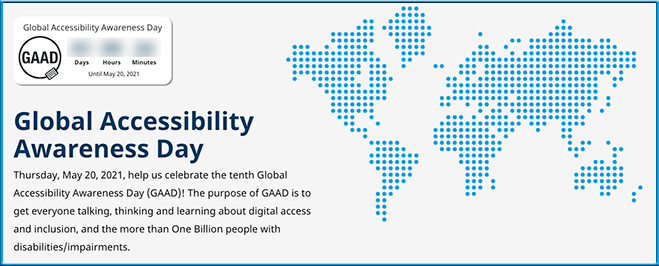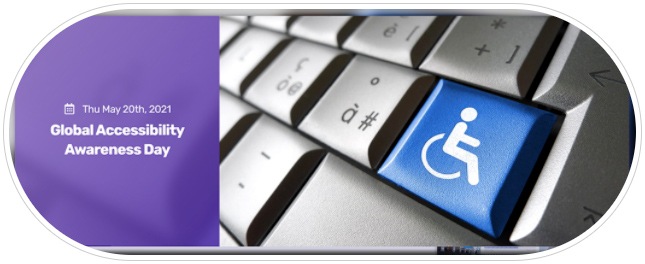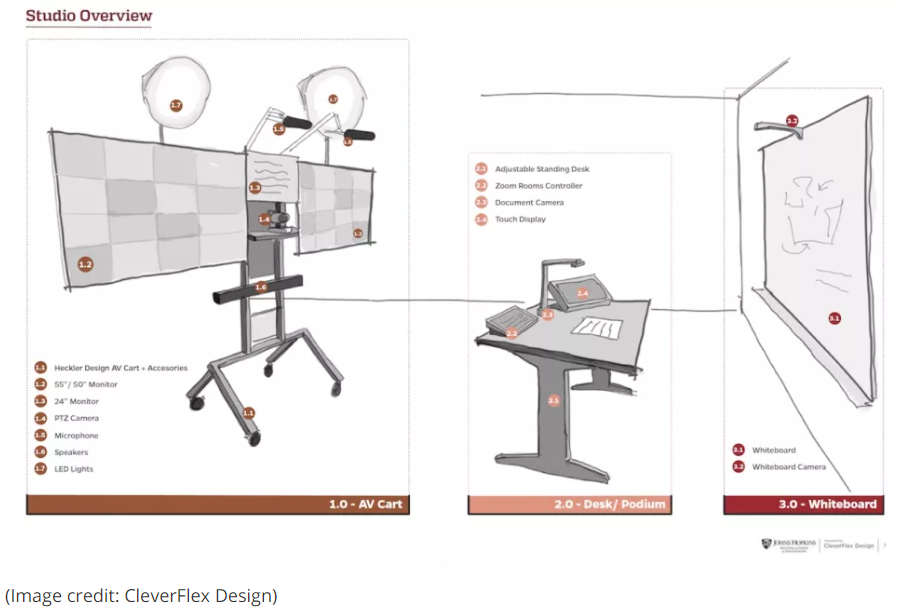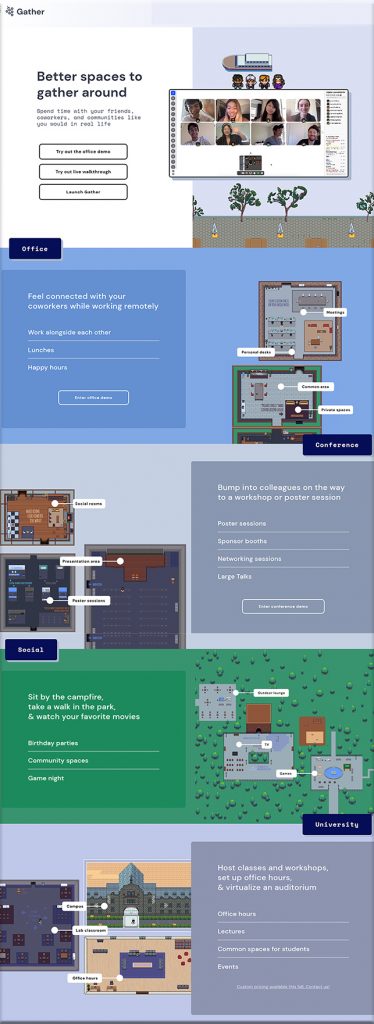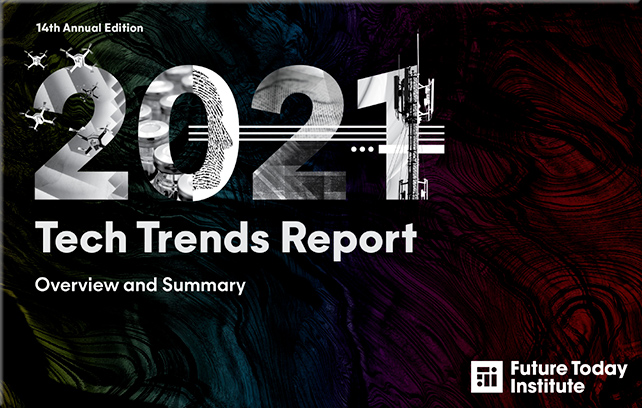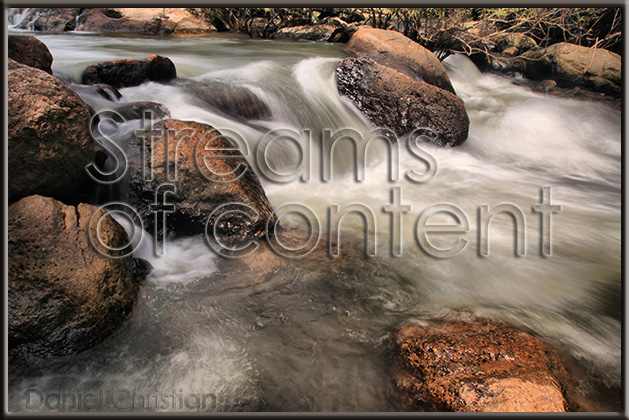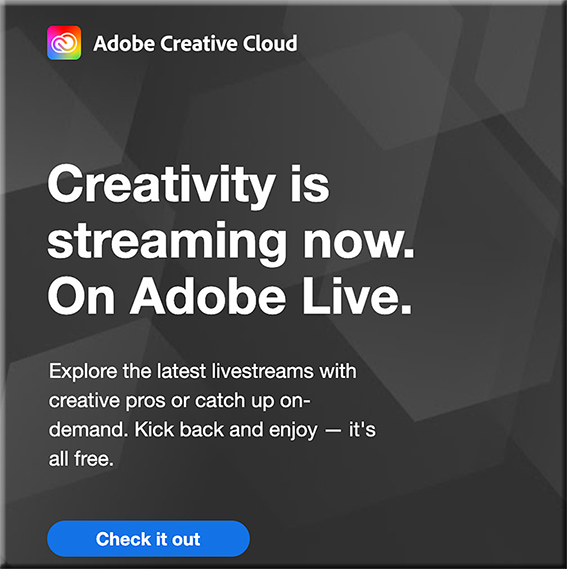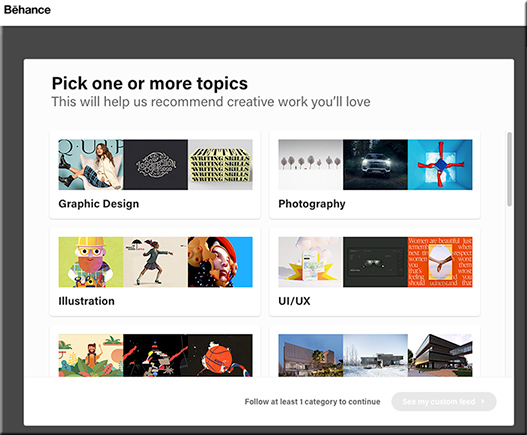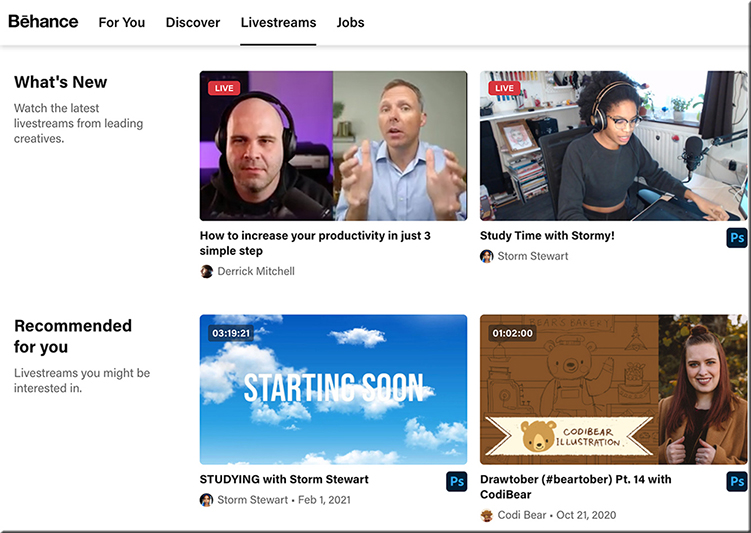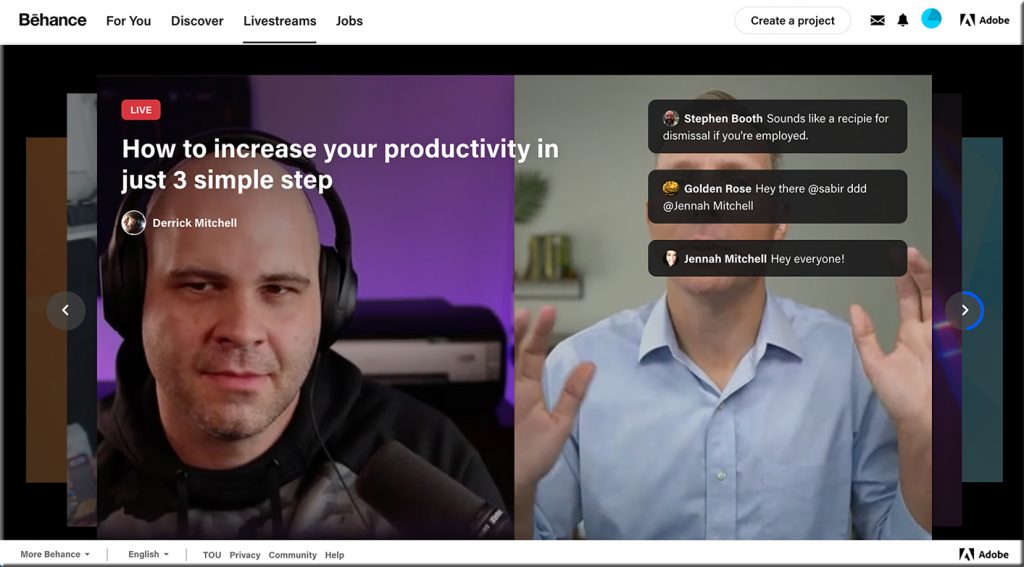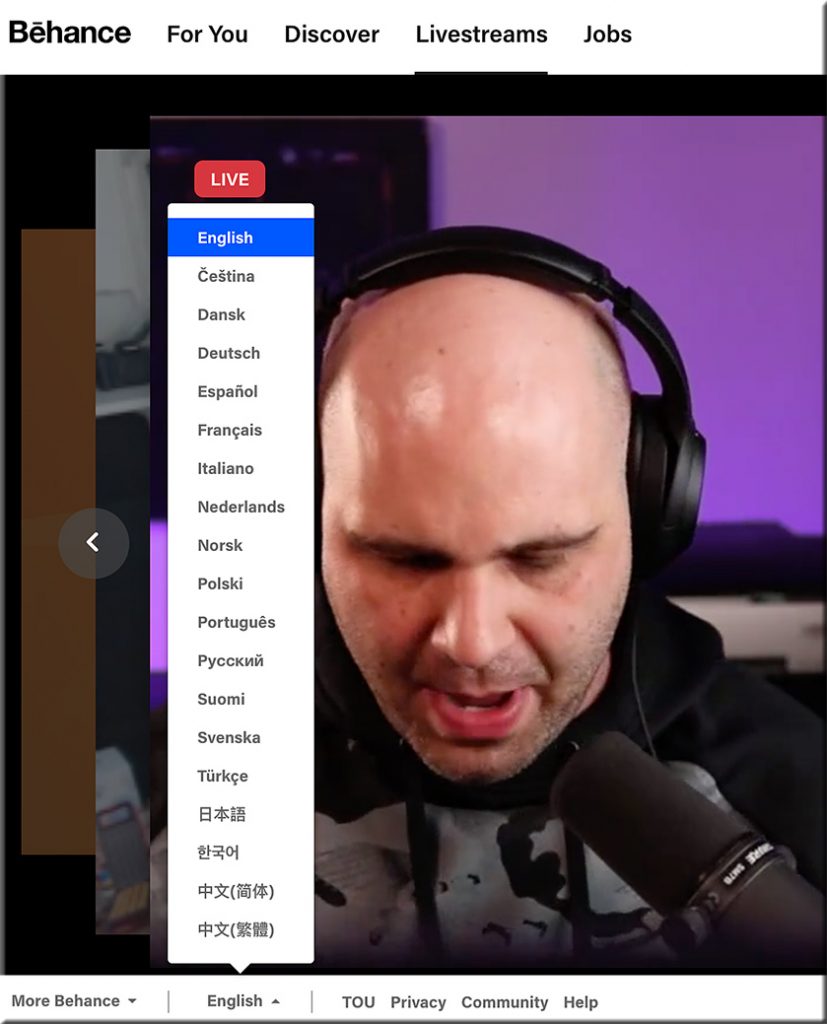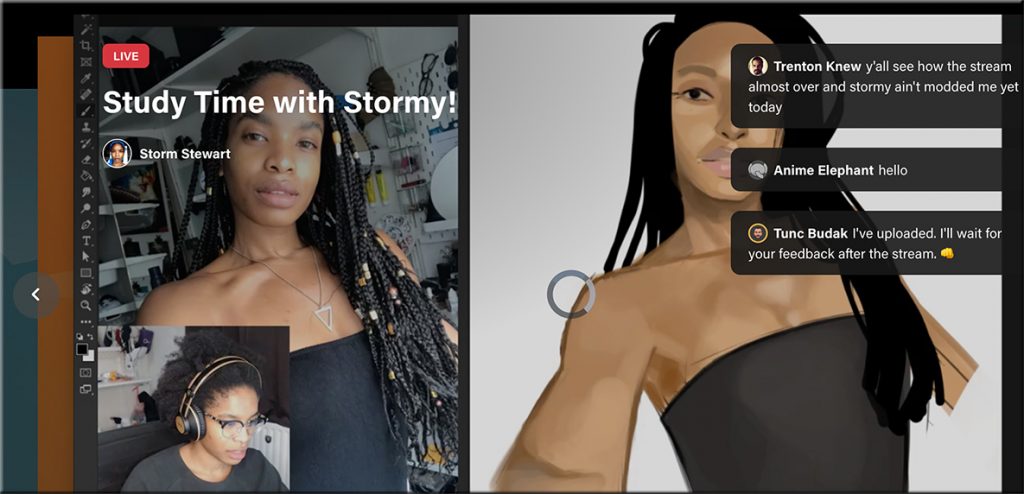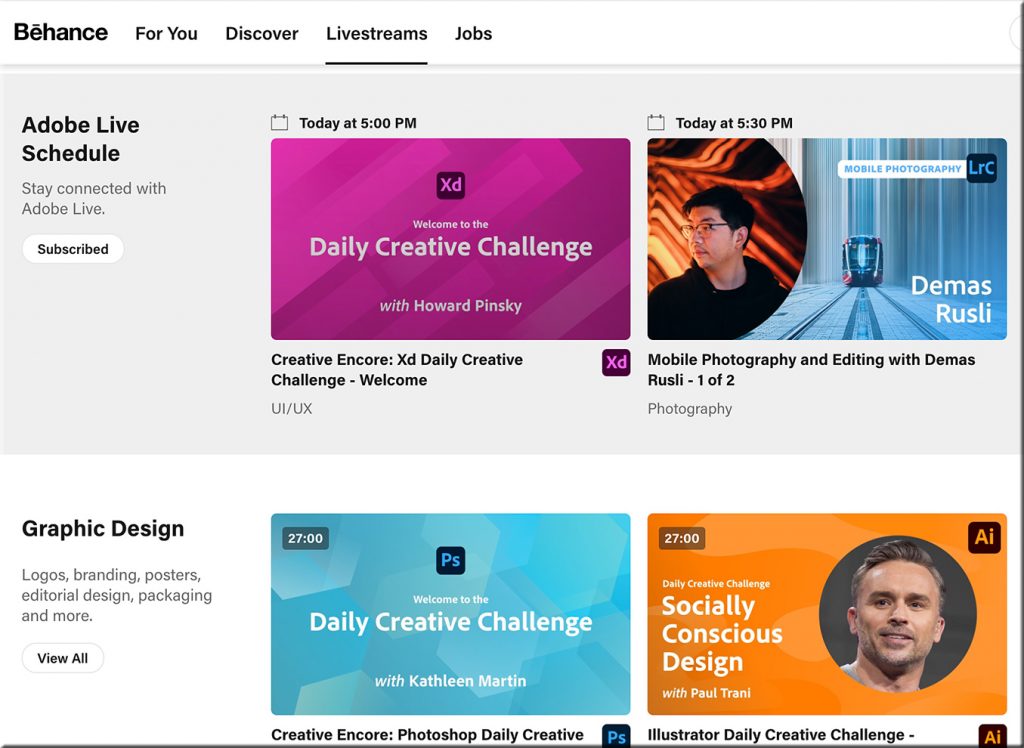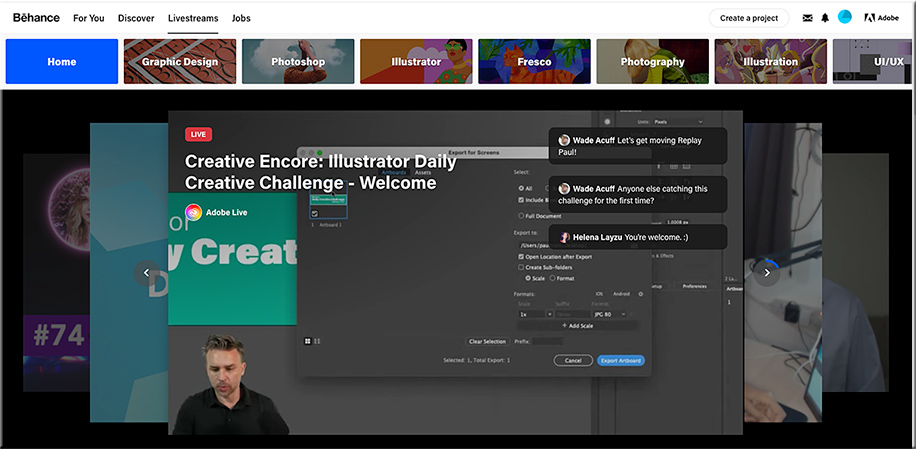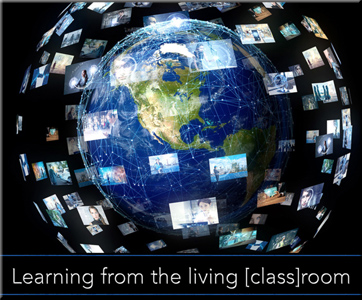Today’s Teens Questioning the Status Quo When It Comes to College — from prnewswire.com by with thanks to Ryan Craig for this resource
National survey finds high schoolers want lower-cost, quicker paths to careers: 50 percent are open to something other than a four-year degree
Excerpt:
For those who have been following the discussion, it will not come as a shock that this demographic is extremely concerned about the cost of higher education. In fact, the number one thing teens would change about college is the price tag. Their second top concern is making sure the path they take directly connects them to a future career. Specifically, the top three things Gen Z teens are most concerned about:
- 50 percent—graduating with a high amount of debt
- 44 percent—not getting a job after they graduate
- 40 percent—not being prepared for a job after school ends
From DSC:
I sometimes use the tag “surviving” and it often has to do with individuals and families. But over the last few years, I have found myself using it for institutions of traditional higher education (as I did for this posting).
It’s time for reinvention if we want those institutions to survive. Those who can’t wait until the status quo returns are likely in for a disappointment, if not outright shock. Over the last several years, many people have already lost their jobs throughout higher ed, positions have gone unfilled, and early retirement offers were made (and often snatched up). The headcounts have been decreasing for years and the workloads have increased for the survivors of such cuts. The use of adjunct faculty members has been on the increase for many years now.
Those institutions that have cultures that support experimentation, innovation, and support strategic, nimble, entrepreneurial thinking have a better chance of surviving.









